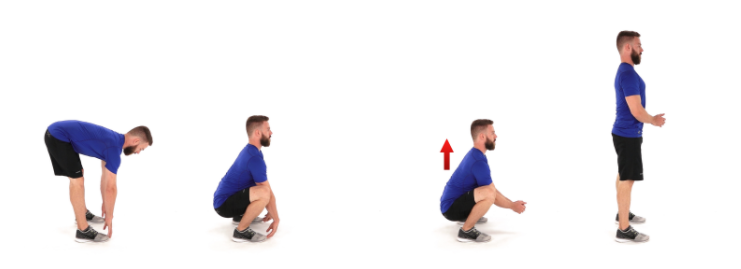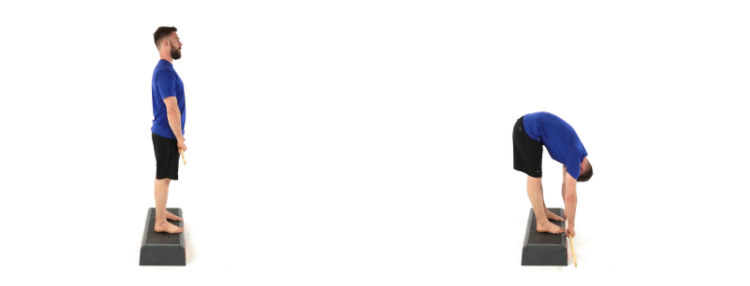A Kinesiologist’s Guide to Safe and Effective Lifting Techniques
Written on
Understanding the Myths of Lifting
The common belief that one should always lift with a straight back is fundamentally flawed. Not only is it anatomically unfeasible, but it also constitutes poor health advice. While this may come as a surprise, the truth lies in recognizing the resilience and adaptability of our bodies.
The standard lifting posture depicted in safety videos and medical settings instills fear about using your back as it was intended. This fear fosters anxiety and avoidance behaviors, which ultimately lead to increased pain, stiffness, and dysfunction. Ironically, the very guidance meant to protect our joints can be more harmful, creating a sense of fragility when, in reality, we are far stronger than we realize.
As a kinesiologist with extensive experience in a chiropractic clinic, my goal is to help you break free from limiting beliefs and return to pain-free movement. By following the straightforward blueprint outlined below, you can swiftly reclaim strength and function in the activities that truly matter to you. It’s remarkable how believing in your body's capacity to support you can change your life.
Breaking Down Barriers: Embracing Natural Movement
Before diving into practical advice, it’s essential to clarify who can benefit from these recommendations. While this guidance is generally applicable, individuals experiencing acute pain or diagnosed conditions such as scoliosis or spinal stenosis should consult a qualified health professional for tailored advice.
It's important to note that this approach is not intended for heavy lifting, where careful setup and execution are vital for safety. However, if you're dealing with everyday aches and pains, pay close attention to the advice that follows.
Have you been told that bending your back is dangerous? This misconception is misleading, provided you respect your current mobility, strength, and load tolerance, and progress gradually over time. — Dr. Caleb Burgess
In my practice, I frequently encounter fear surrounding back bending. Once a "correct" lifting method is established, it’s easy to become apprehensive about deviating from it. Humans are often resistant to altering movement patterns once they become entrenched.
Everyday lifting activities, such as carrying groceries or moving boxes, have been so stigmatized that they can actually amplify pain due to fear. Additionally, this fear may inhibit your ability to gain strength and mobility from moving freely throughout the day. In other words, a restrictive mindset can increase your risk of injury.
The greatest disservice to your back is to constantly worry about it. — Dr. Grant Elliot
Fortunately, you can easily reverse this negative trend by broadening your definition of safe lifting. Start by applying this mindset to your daily tasks. Whether you're picking up a toy from the floor or lifting a box, don’t overthink it; simply lift in the manner that feels most natural to you. You may be surprised by the reduction in stress and tension in your body over time.
To proactively safeguard against future discomfort, consider engaging in a structured program that focuses on lifting with a rounded back. This will help you build confidence in spinal flexion and improve your ability to lift heavier objects without pain. Here are three exercises I often recommend to my clients. Aim to incorporate these into your routine once a day for optimal results:
- Squat-to-Stand with Toe Touch

Application: 10–15 reps
Instructions: Begin by hinging at the hips and lowering your arms toward the floor. Don't stress if you can't touch your toes; just do your best. Next, lower into a squat by bending your knees and lifting your chest. Rest in the deep squat for about 2–3 seconds before standing back up.
- Spinal Flexion Mobility

Application: 10–15 reps
Instructions: Sit in a neutral position with your legs straight out in front. Begin by flexing your spine forward, intentionally rounding it. Reach forward as far as you can while exhaling, holding for 2–3 seconds at the end range. Gradually roll back up to the starting position to prepare for the next rep. If you're struggling with flexibility, consider using a strap around your feet.
- Jefferson Curl (using a stick or kettlebell)

Application: 10–15 reps
Instructions: Start on a step, holding a stick or kettlebell. Round your spine, rolling down one vertebra at a time, beginning at the head and finishing at the lower back. Reverse the motion by rolling back up, starting from the lower back to the head. Keep your knees as straight as possible throughout. Listen to your body and stay within your pain-free range of motion. As you progress, consider adding weight with dumbbells or kettlebells.
In Conclusion: Embracing Your Body's Strength
Striving for perfect posture in every lift is not only unrealistic but can also be detrimental to your health. This mindset restricts your body’s true potential and fosters a fear-based approach to movement that often leads to increased pain.
Once you start believing in the strength and adaptability of your spine, remarkable changes will follow. You’ll become stronger and more mobile while shedding unnecessary anxiety about lifting. Are you ready to embrace a more liberated way of moving?
You’ve got this!
-David Liira, Kinesiologist